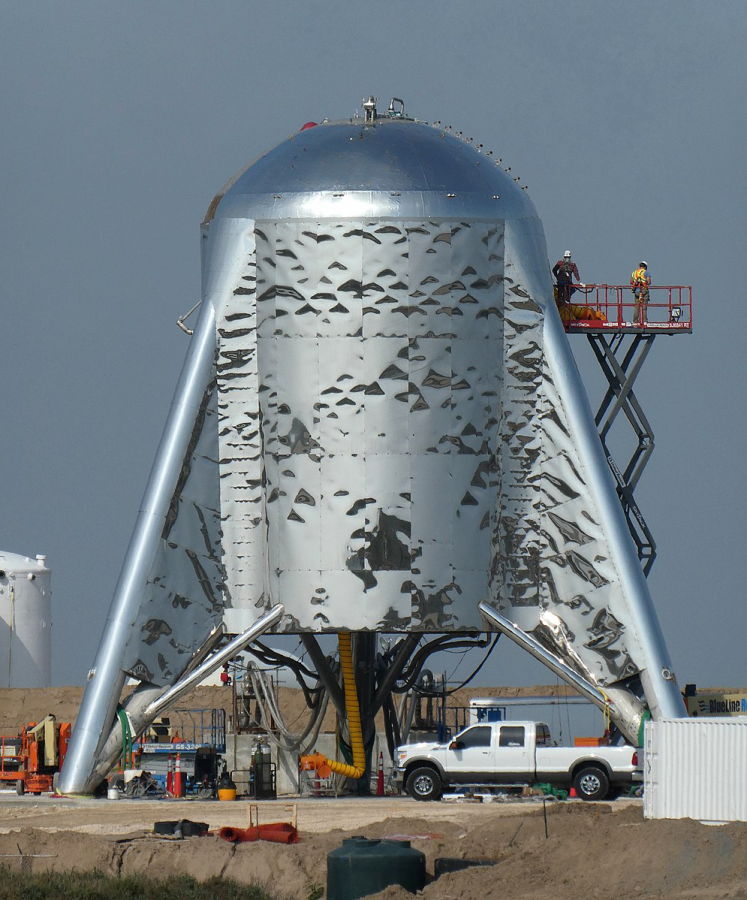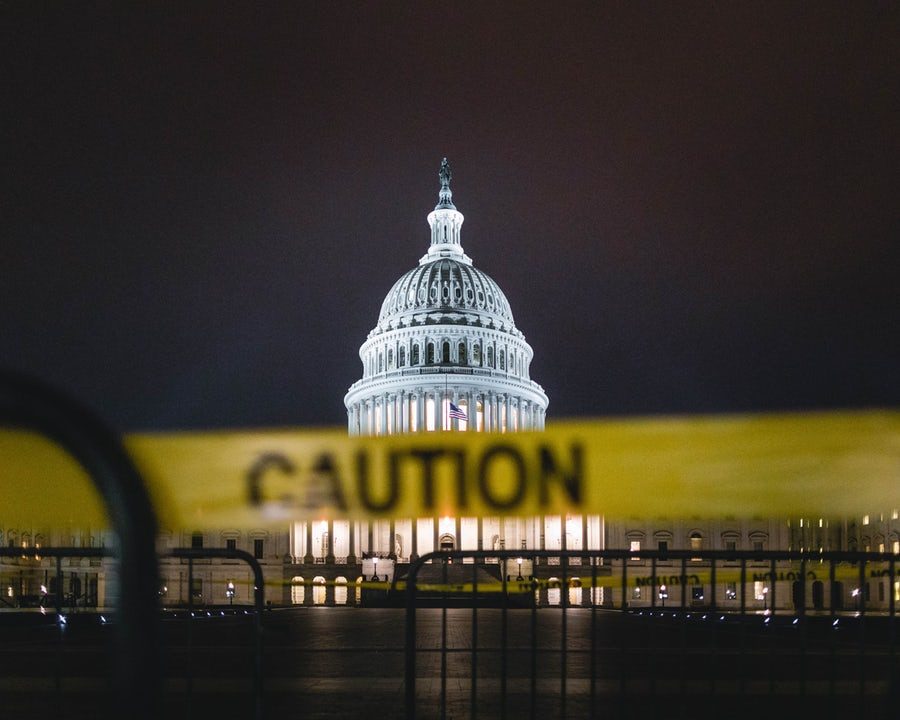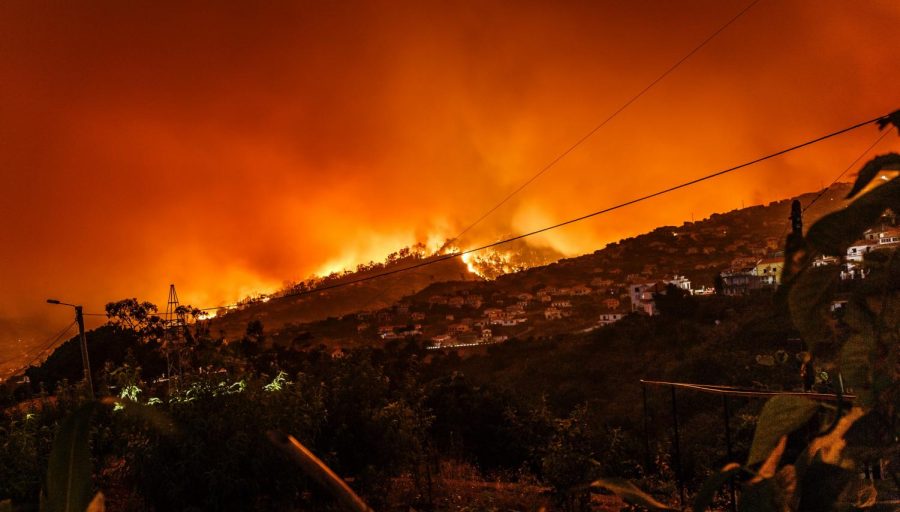Water tests positive for deadly bacteria in Louisiana
April 7, 2015
A bacterium called Burkholderia Pseudomallei was discovered to have been released around November of last year and can now be found all throughout Southeast Asia and northern Australia. It is highly deadly and was found within the water and soil of the high-security lab at the Tulane National Primate Research Center, in Louisiana.
The first sign of the bacteria was when it was discovered that two macaques among 4,000 animals in a huge outdoor breeding area were sick. Macaques are monkey-like animals, which were used in this experiment and kept in indoor cages in a separate part of the facility itself. Originally, it was not a main concern, however one of the macaques became so ill that it had to be euthanized. The other macaques had to be euthanized later on.
“Animals get sick all the time, just like people do,” the primate center director, Andrew Lackner said.
Once it was confirmed that the macaques were infected with Burkholdeiria Pseudomallei, the strain was recovered from a rice farmer sick in Thailand in 1993, according to the Center for Disease Control. It was easy for rice farmers to receive the bacteria as it lived in contaminated soil and water and can enter through cut or sores on the skin.
All research was put on hold as it was considered a significant threat, until December of 2013 when the facility was claimed to have not been a threat and has had no previous issues regarding contamination.
TheHomeland Security Agency investigated the area and a day after a select agent received an illness similar to symptoms to that of melioidosis and was hospitalized. After taking blood tests, she was proven to have had Burkholderia Pseudomallei in her blood. She has since recovered.
Countries considered using the bacteria as a bioweapon because of how strains could come from the environment and be engineered to become resistant to antibiotics. In Thailand, the fatality rate is up to 50 percent, while in Australia it is up to 20 percent. About 176 cases were confirmed in Australia’s north Queensland during 2000-2009.
The research was intended to develop a vaccine against the bacteria and was in a biosafety laboratory with safety equipment used to make sure the pathogen would not get out. The bacteria should have only been in the lab that was performing to research. It was being done in a contained lab under negative air pressure and any air that leaves the chamber passes through multiple filters before escaping the building. Contaminated gear also has no way to leave without being sterilized. All access to the lab is to be denied unless a proximity card is shown.
“Human error is always the first explanation you should consider for a laboratory accident. The easiest way to transfer something from one place where it’s supposed to be, to another where it isn’t supposed to be is by a worker moving from one place to the other,” Rutgers microbiologist and biosafety expert, Richard Ebright said.
The tests of 39 soil and 13 samples from the grounds have not shown any sign of the bacteria being within the ground. However it was not enough to test whether or not the bacteria has infected the soil or water.
The cages are 100 by 200 feet and in order to detect the bacteria, over 100 samples would need to be taken. The officials said they lack the locations and the numbers of samples were overseen.
The EPA provided Tulane with options to decontaminate contaminated the soil. Thirteen samples were taken in wetlands, ditches and in the sewage, as well as air sampling even though the bacteria is not transmitted through the air. The macaques were sampled but the bacteria was not detected from those samples.
As of now, Tulane will not remove soil or fumigate the area, however they are focused on the testing of the animals as nothing else has proven to be covered in the bacteria.
















